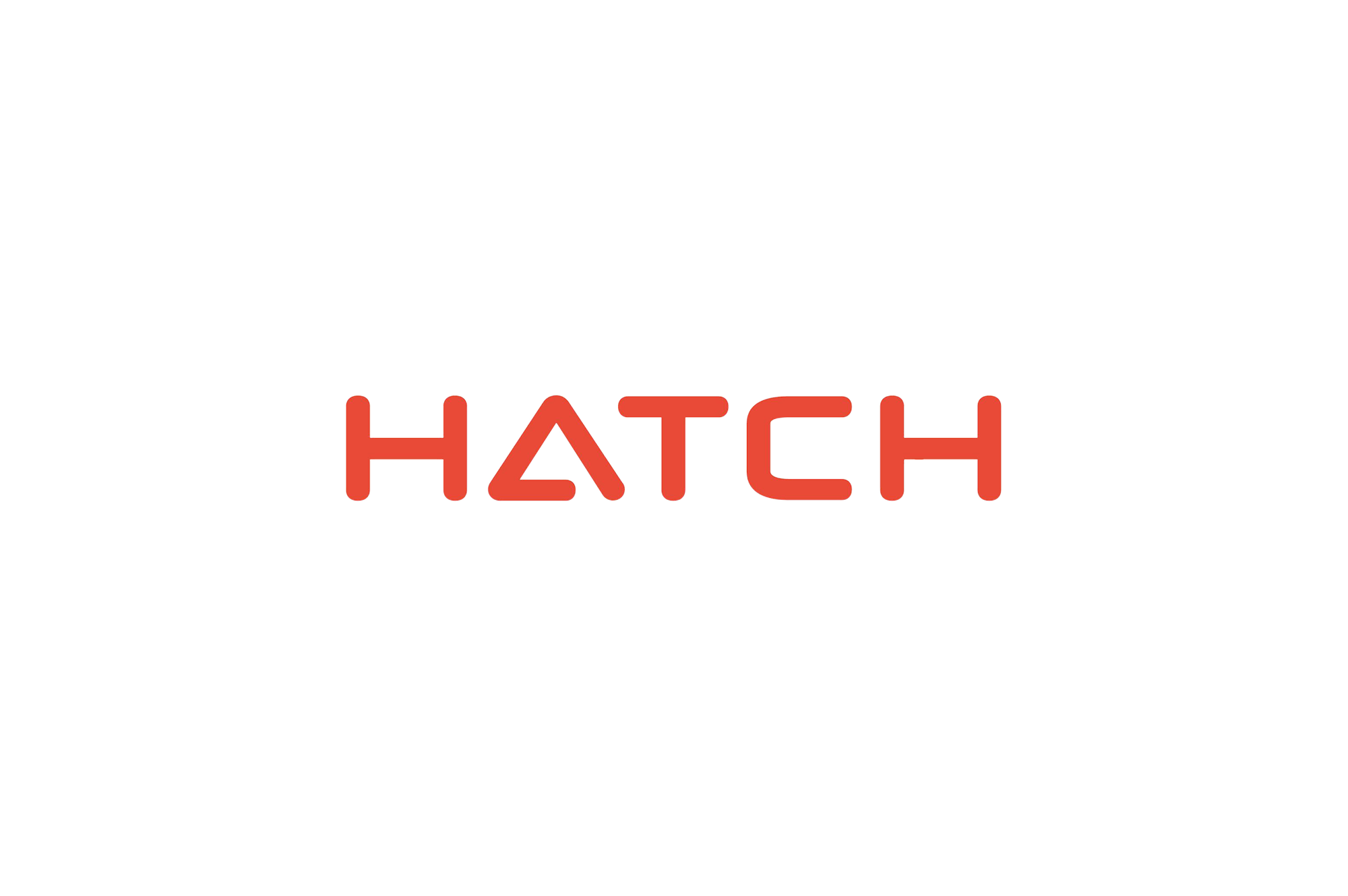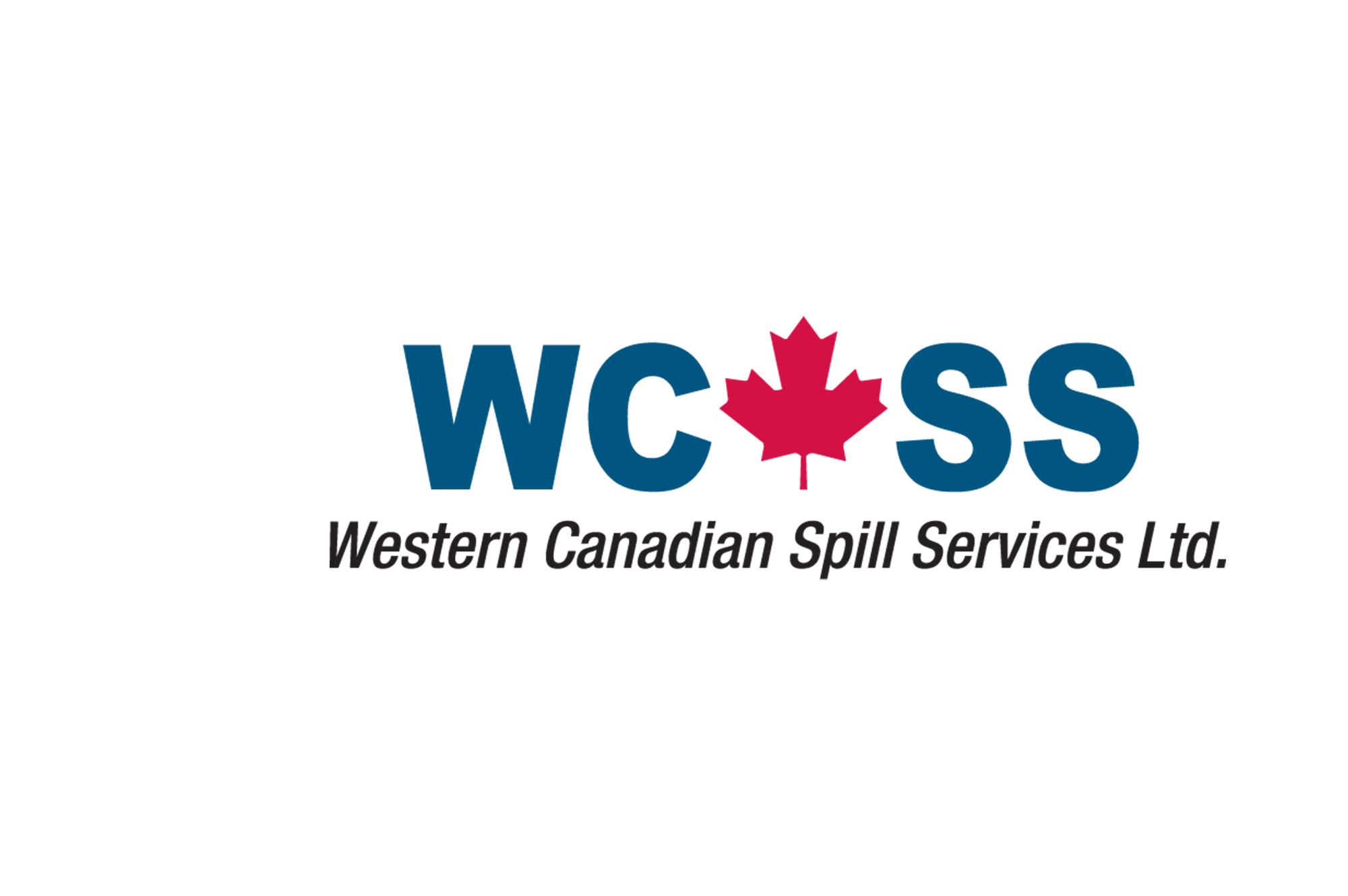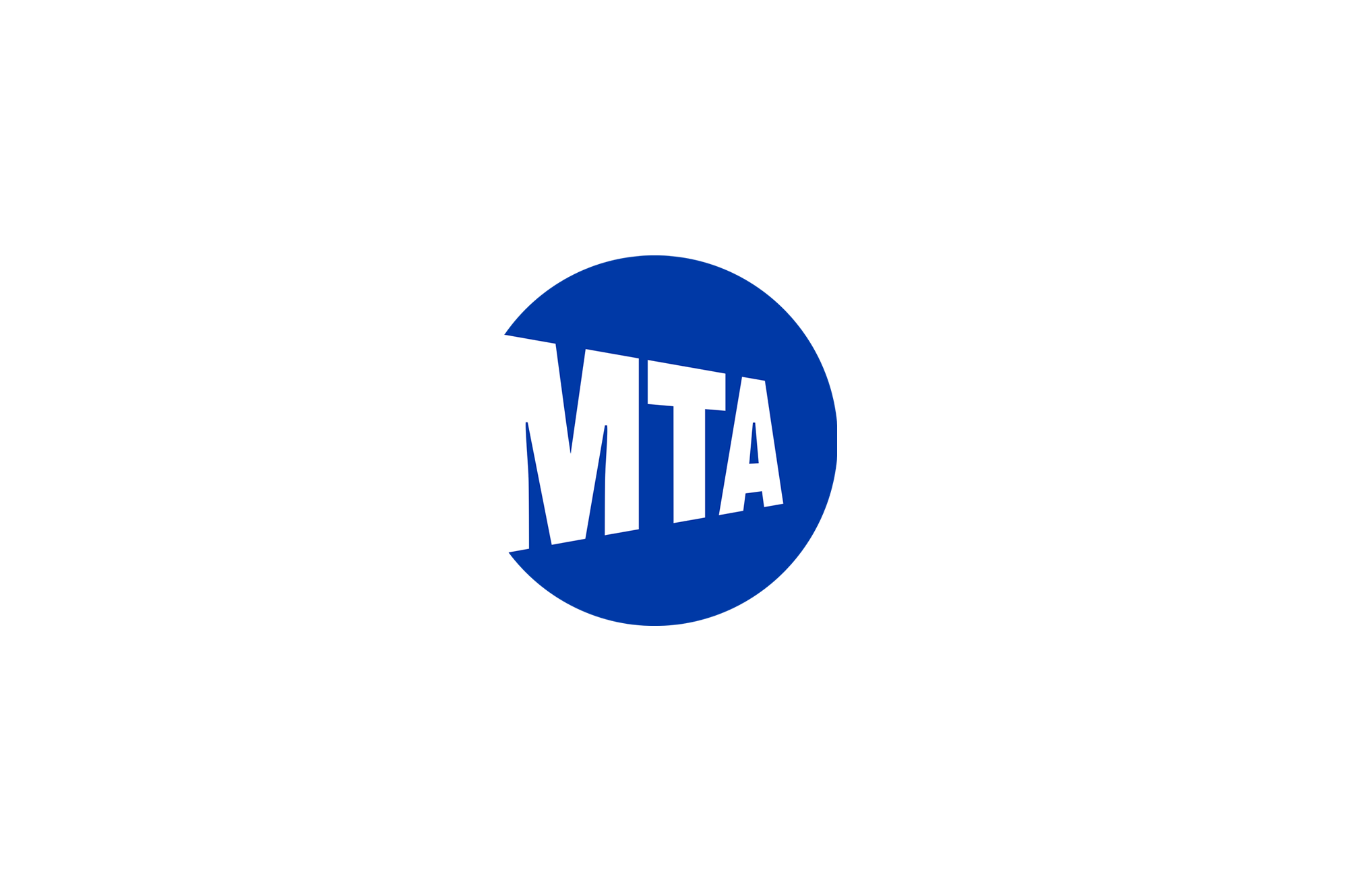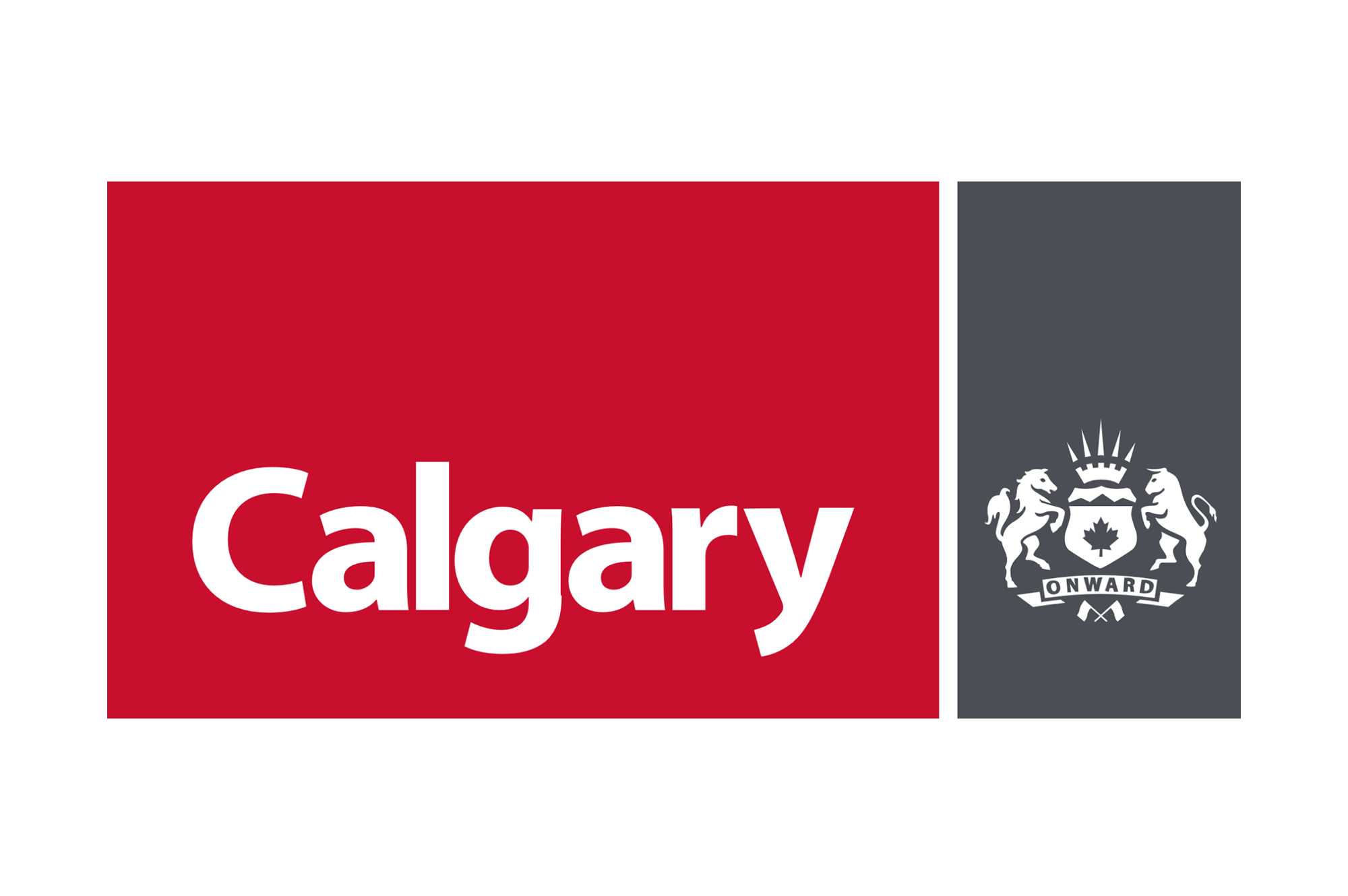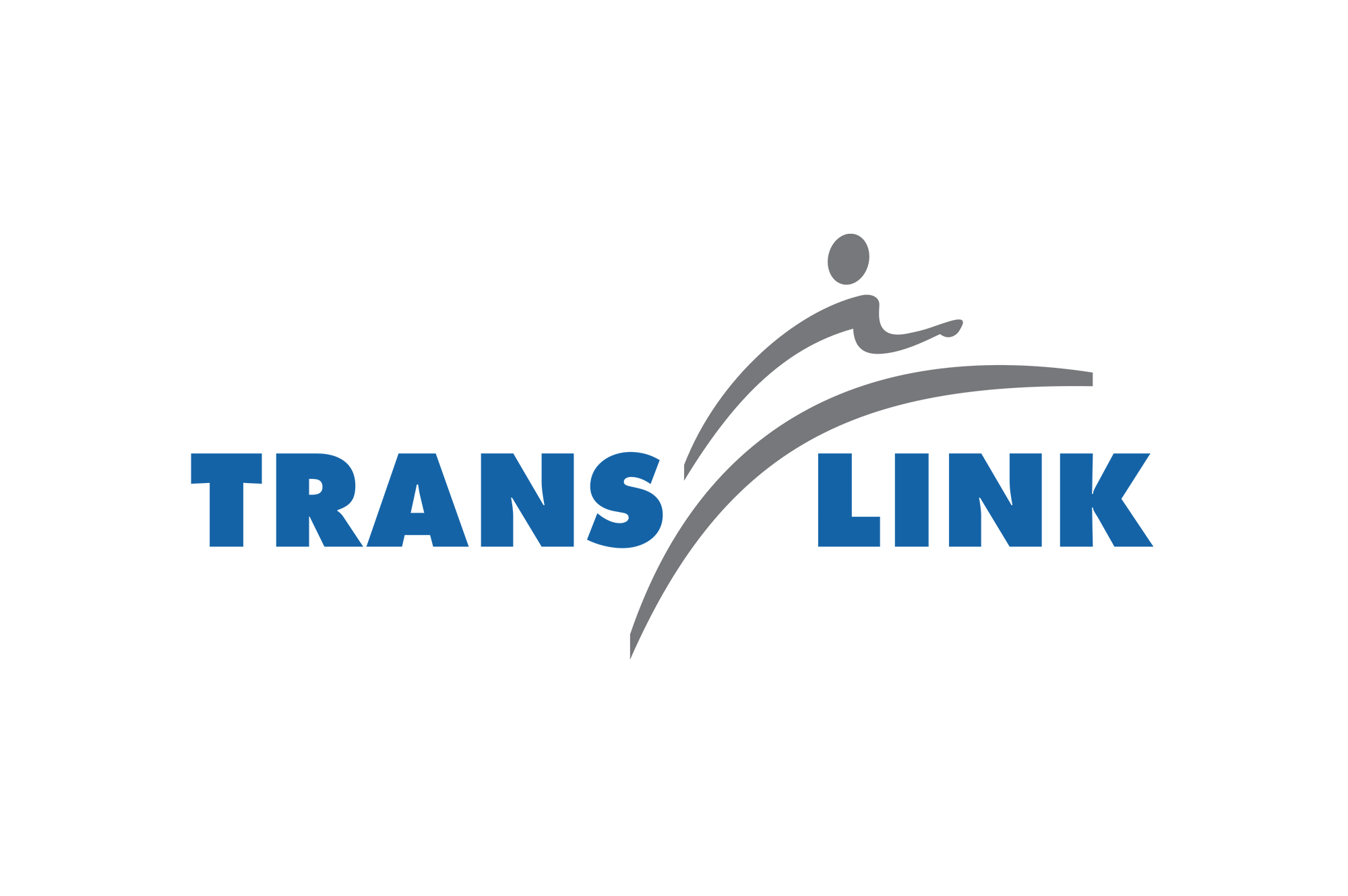BLOG
Workspace Series: Identifying eLearning and Development Metrics
Quantifying the benefits of your eLearning and development solution? Here’s how to define customized digital knowledge solution metrics.

Quantifying the benefits of your eLearning and development solution? Here’s how to define customized digital knowledge solution metrics.

Once you’ve clearly identified and aligned the strategies and objectives of your eLearning and development solution, you’re ready to start quantifying its potential benefits.
One challenge here is that many firms are low on the maturity continuum for customized digital knowledge solutions and learning management systems (LMS) – meaning LMS are still being used as a glorified registry system.
Overcome this challenge with best practices for identifying metrics and data – and define sophisticated metrics to predict true revenue performance marketing.
Very few training organizations have the metrics or data to identify learning and development L&D contribution to revenue—let alone predict future contributions.
Best-in-class companies, on the other hand, are benefiting significantly from their investment. Learning analytics functions that are incorporated within an LMS, help L&D professionals attribute program investment to actual business results.
The good news is that if you’re able to identify metrics, such as most viewed content, most active users, and monthly engagement rates, you’re halfway there. The key is being able to determine the retention and transfer rate, or the rate at which learners consume content and apply what they learned on the job. This is the baseline for the business case.
Retention and transfer rate could be calculated by determining how much content your learners consumed, how much of it has been adopted, and how much the adopted content facilitated the growth of desired competencies and capabilities. And then, through formative evaluations, specifically assess maturity for those competencies and capabilities, or simply begin with monitoring the adoption rates.
The next challenge is justifying the improvements you’re predicting that will come through the customized learning solutions.
While moving from zero adoption to X percentage of adoption is great, your leadership team will also want to know:
Provide benchmarks and proxies to ensure your business case is bulletproof. Benchmarks are either third-party industry reports that substantiate your recommendation, or another comparable company that has achieved benefits with a similar project.
Most of the time you’ll find that benchmark data doesn’t give the whole picture. Proxies, however, will allow you to compare apples to apples.
For example, you might not know the number of inquires used in a case study to determine the retention rate or completion rate, but you do know how many inquiries you have? Use that number as a proxy or plug, and create reasonable comparisons and calculations.
A peer analysis is a great way to summarize how your company compares to others, and how it compares to the third-party benchmark you’ve provided. More importantly, select a peer group that your leadership views as valid – competitors are especially great if you can find the data. While most companies view their business as unique, companies within the same industries typically market themselves similarly, and see similar results with customized learning solutions.
When comparing your company to another, try to use metrics that represent the lowest common denominator, such as delivery rates, call to action (CTA), and satisfaction ratings. Don’t get caught up in return on investment (ROI) and similar measures. Those metrics are used to define your program effectiveness, but they don’t define a learner experience that can be measured and improved over time. As your journey takes you closer to true revenue performance marketing, start using more sophisticated metrics to measure your funnel.
In the end, make a bulletproof business case for more than just benchmarks and proxies. Make a case for the importance of L&D to train and resell your team and fill the talent gaps. Don’t see it as daunting: See it as an opportunity to improve the perception of L&Ds in the eyes of executives and your team.
Want to know more about how our digital knowledge solutions can create a competitive advantage? Connect with one of our experts today to learn more.
We develop digital knowledge solutions. Our team makes heroes of learning and development professionals. We improve workspace experience (and lives) across the globe, with better learning.


